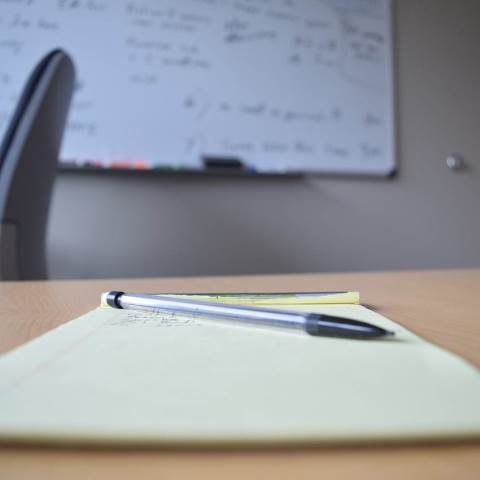

This is the second in a series of blogs focusing on how to use brain research to develop lesson plans and to engage students. This blog is based on the work Dr. Sarah Armstrong discussed in her book “Teaching Smarter with the Brain in Focus.”
The second strategy has to do with making the student do the work of thinking.
Dr. Armstrong noticed in her classroom visits in schools across the country that very frequently teachers would pose a question only to quickly offer up the answer if hands didn’t go up immediately. The uncomfortable pause that invariably follows a challenging question when posed to a class of students was too often cut short by the teacher spoon feeding the information to the students. Dr. Armstrong challenged teachers to allow the students time to think through a question, to let that pause linger long enough for students to think creatively and critically.
While teaching to the test and giving students information that will be memorized and repeated back is commonplace in schools today, asking students to use unique and divergent thinking to stimulate originality can assist them in real-life problem solving and significantly enhance engagement.
Dr. Armstrong notes that by asking open-ended questions, students are forced to abandon the notion that there is only one right answer.
Many students seem to want the efficiency of memorizing the right answer in order to get the grade they want on that week’s test. They are able to move through the course with little original or critical thinking being required. If we are striving to develop students who can think and solve problems in a real world setting, we must ask them to do more than memorize and repeat back answers.
One strategy for developing critical thinking in students is to ask them to make connections with forced association. This method requires the student to use metaphors and analogies to find links between two seemingly unrelated things. For example, the teacher may show a picture of a freight train and ask how it is like Lincoln’s Reconstruction plan. Or, the teacher may ask how a cafeteria is like a beehive or what would it feel like to be a book in the classroom?
Dr. Armstrong points out that students love open-ended questions because there are no right or wrong answers and they get the opportunity to express themselves in a unique way. Their brain must retrieve everything it can about two distinctly different things simultaneously. Teachers reported increased student engagement each time they used this strategy in the classroom. This strategy can be used in most every subject and with most every grade level.